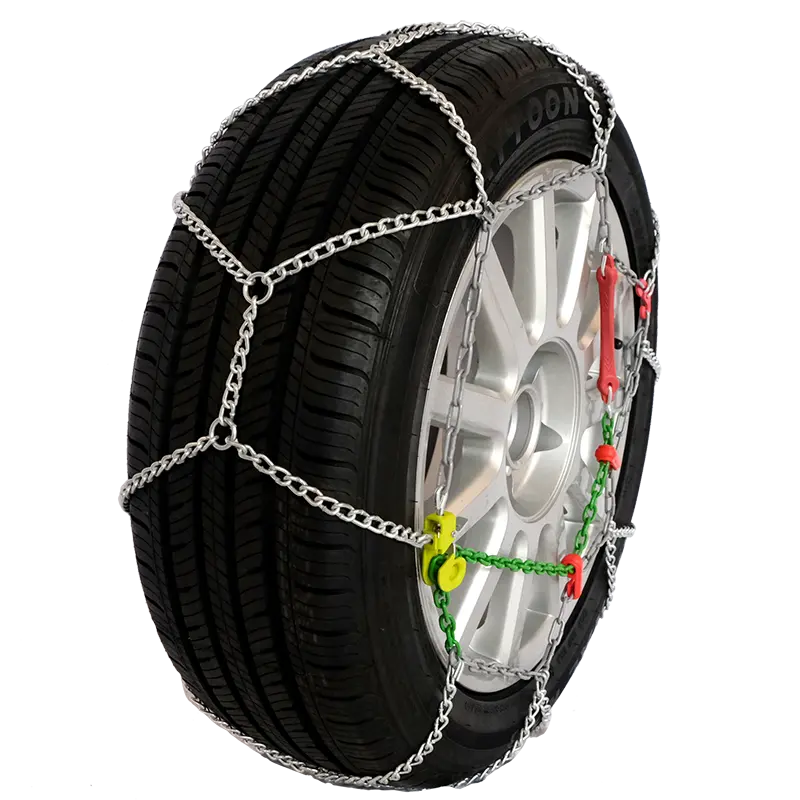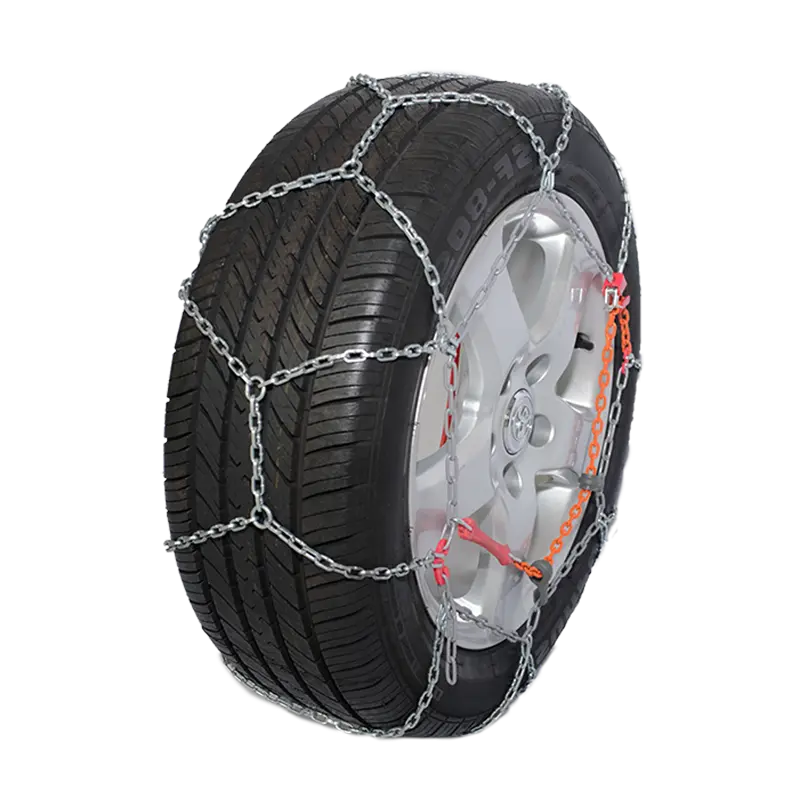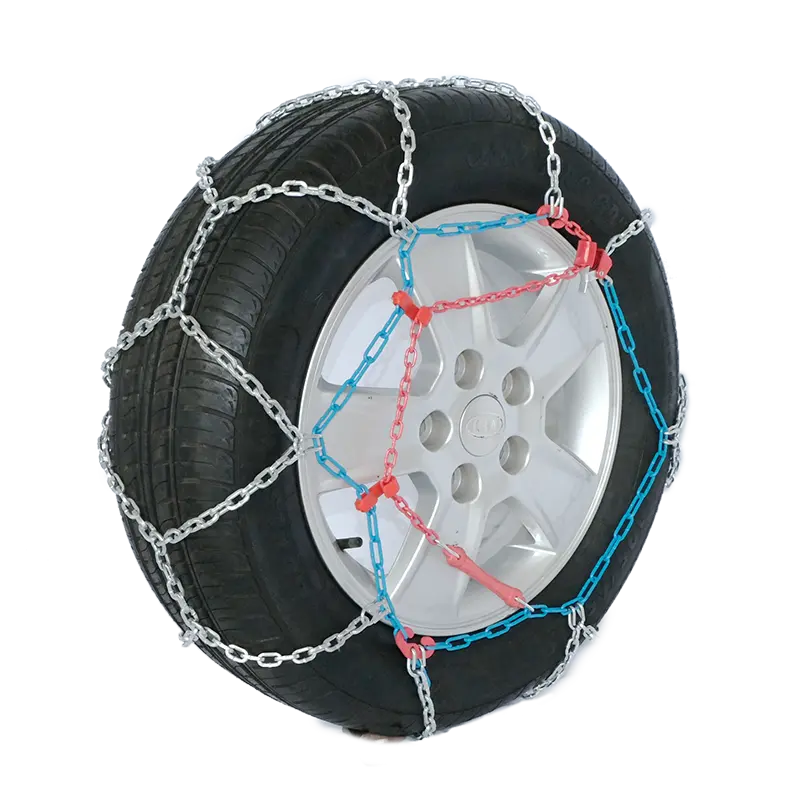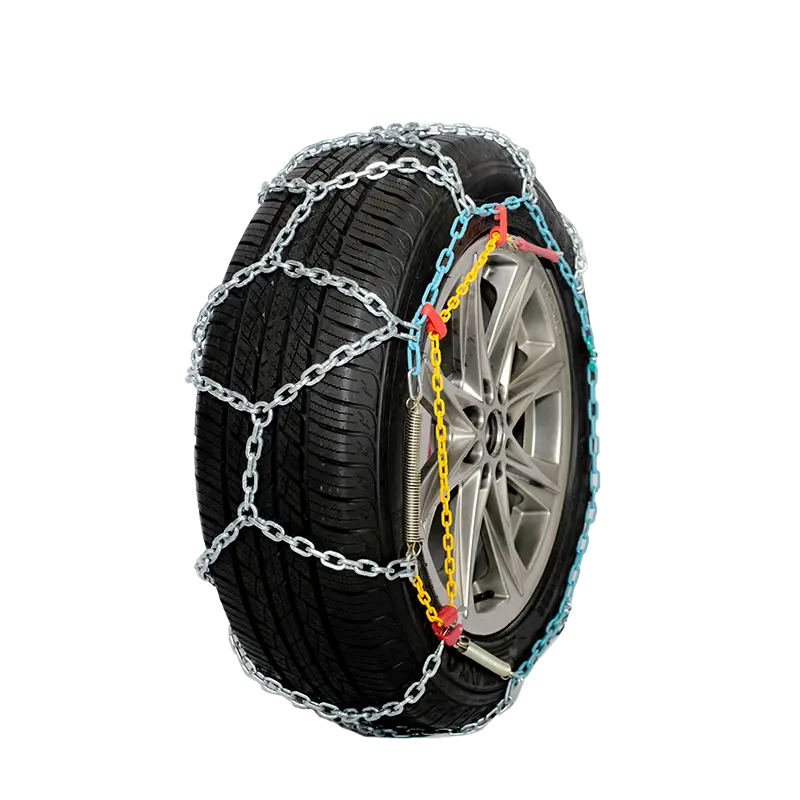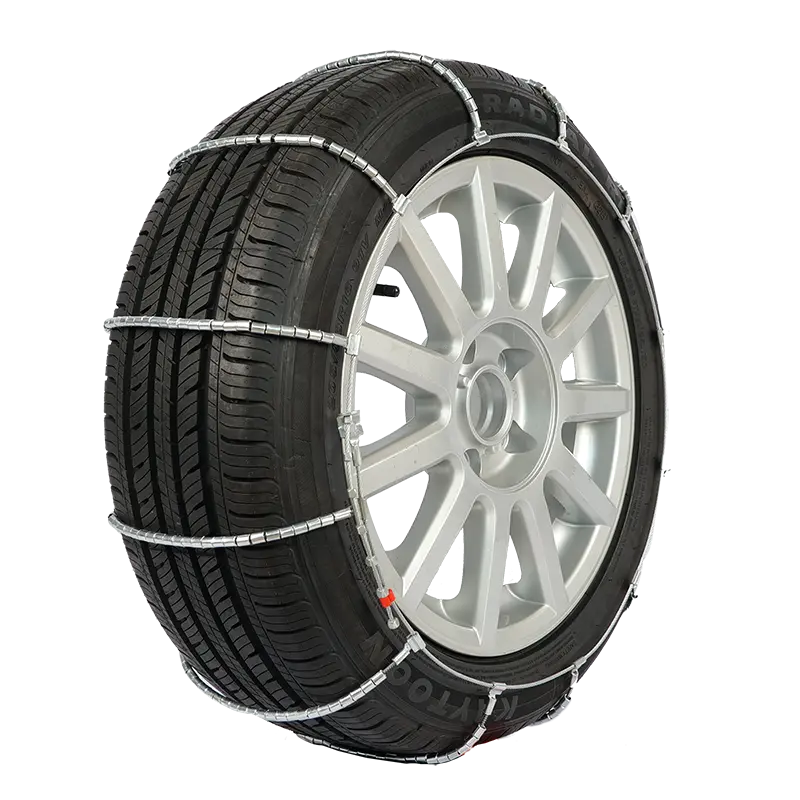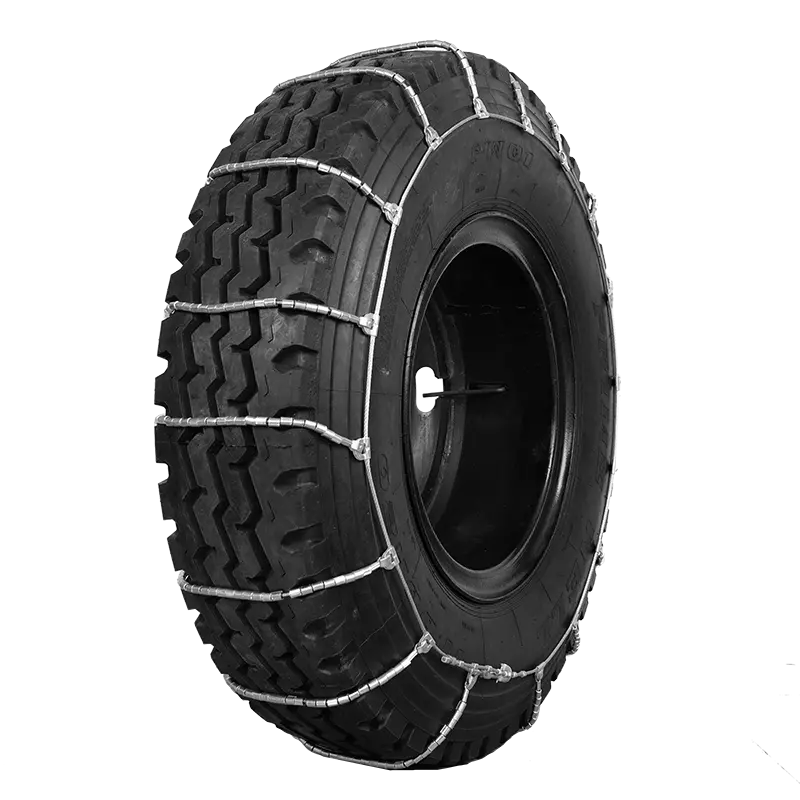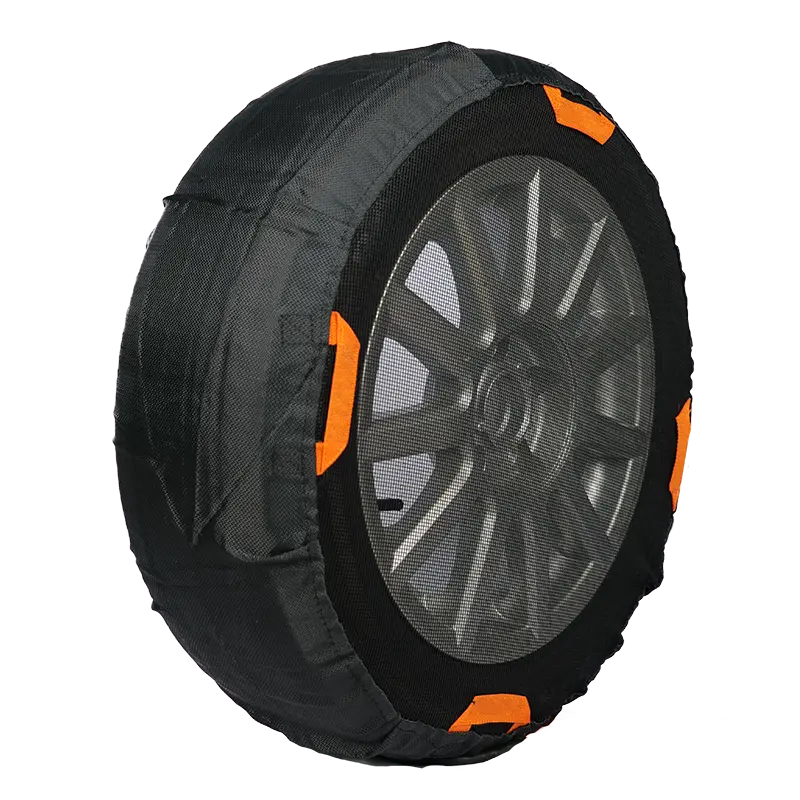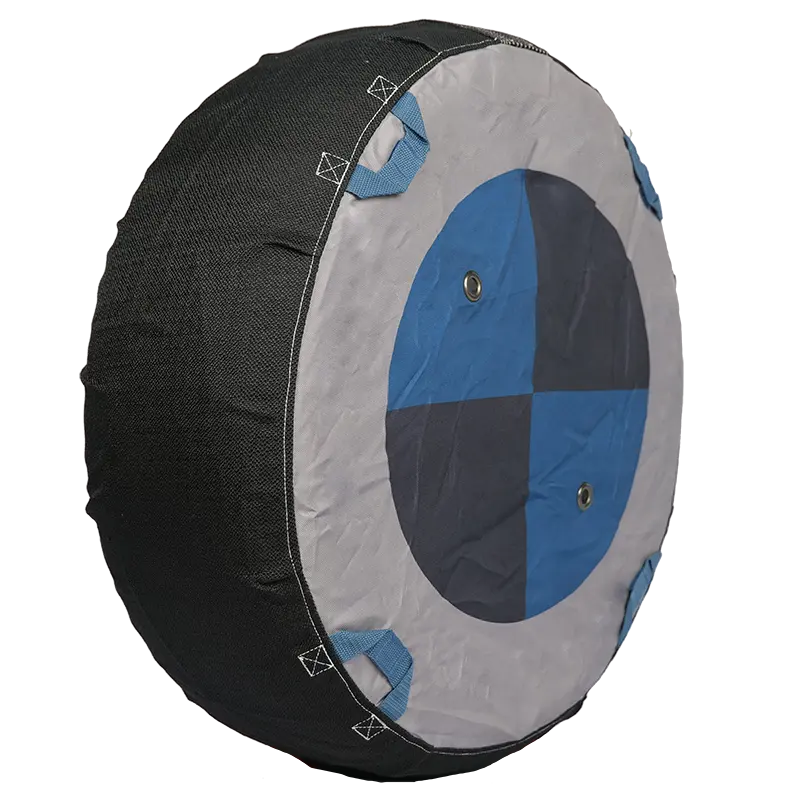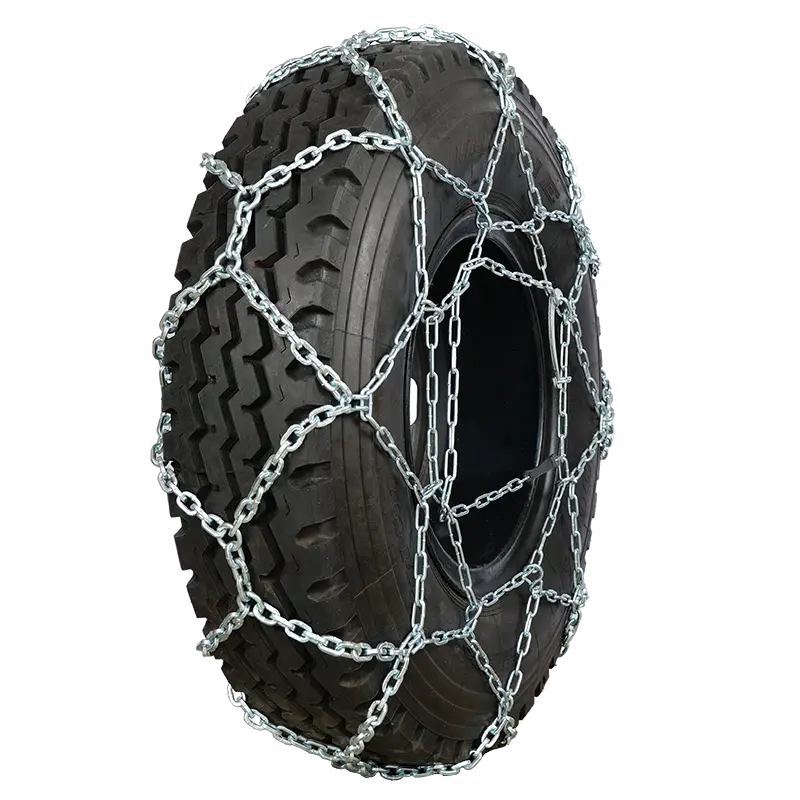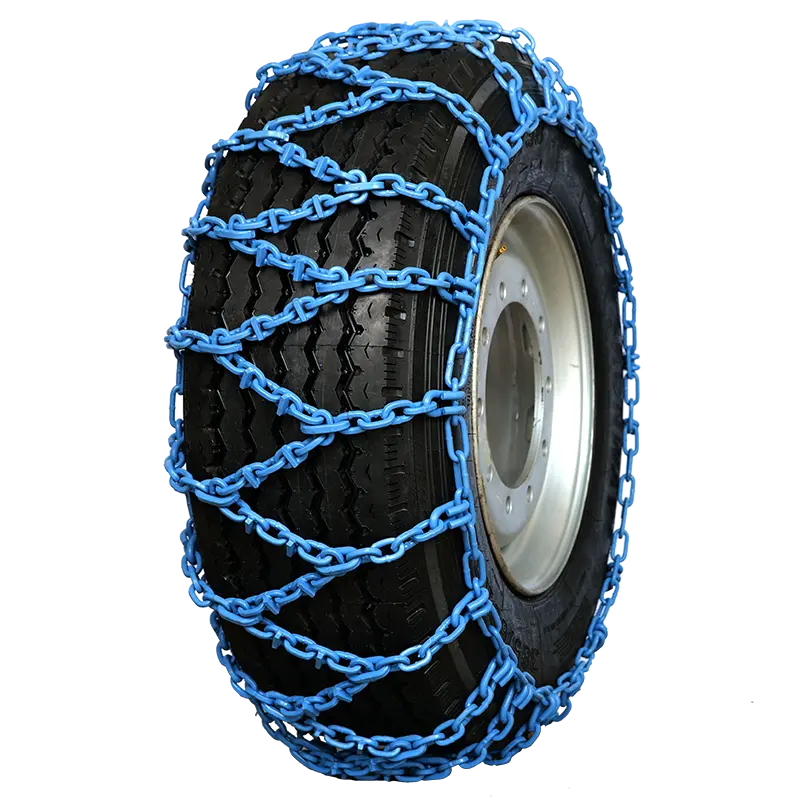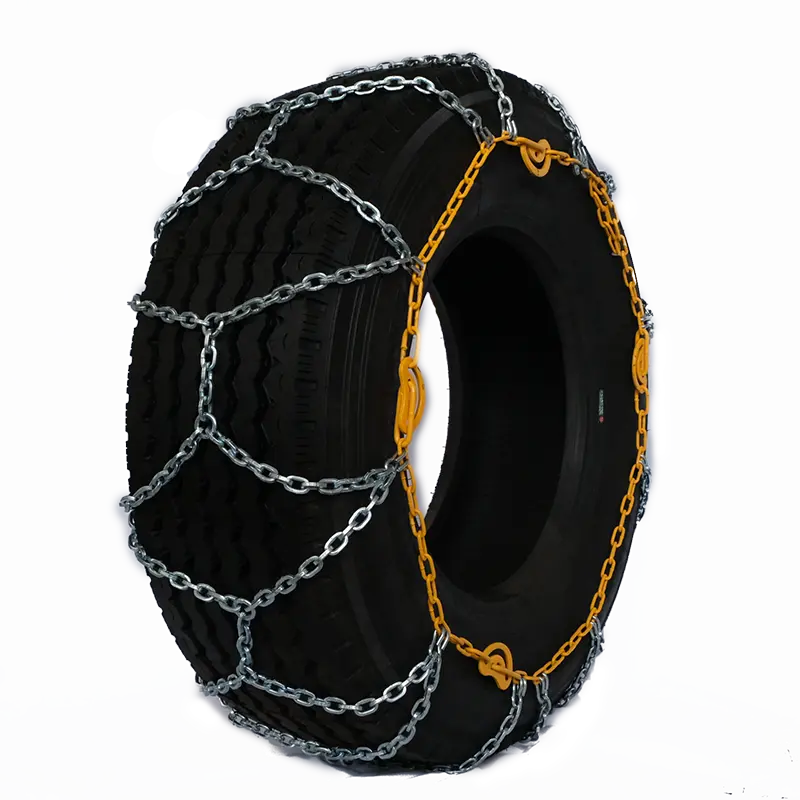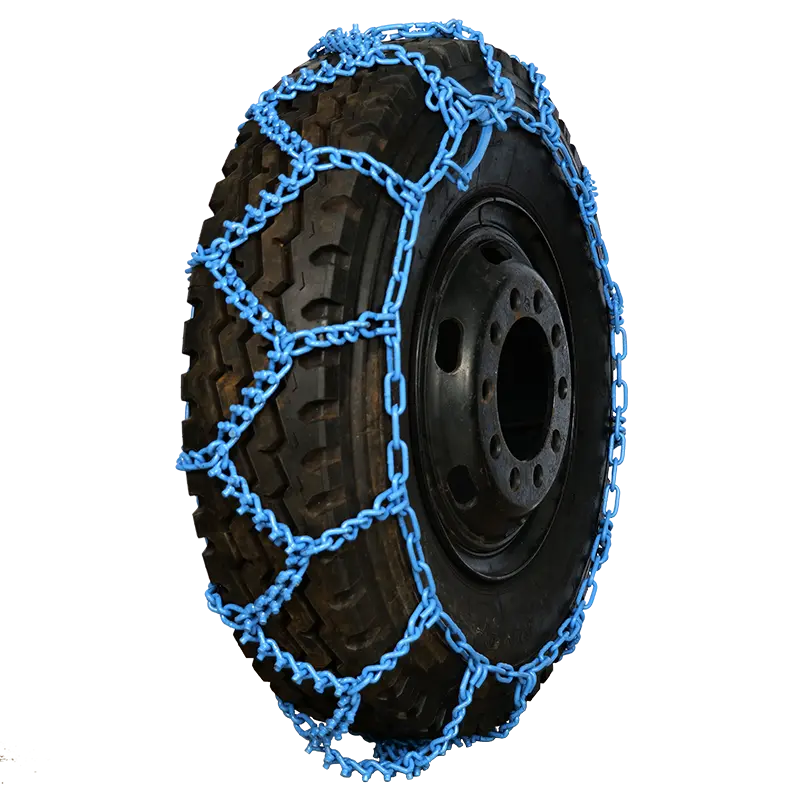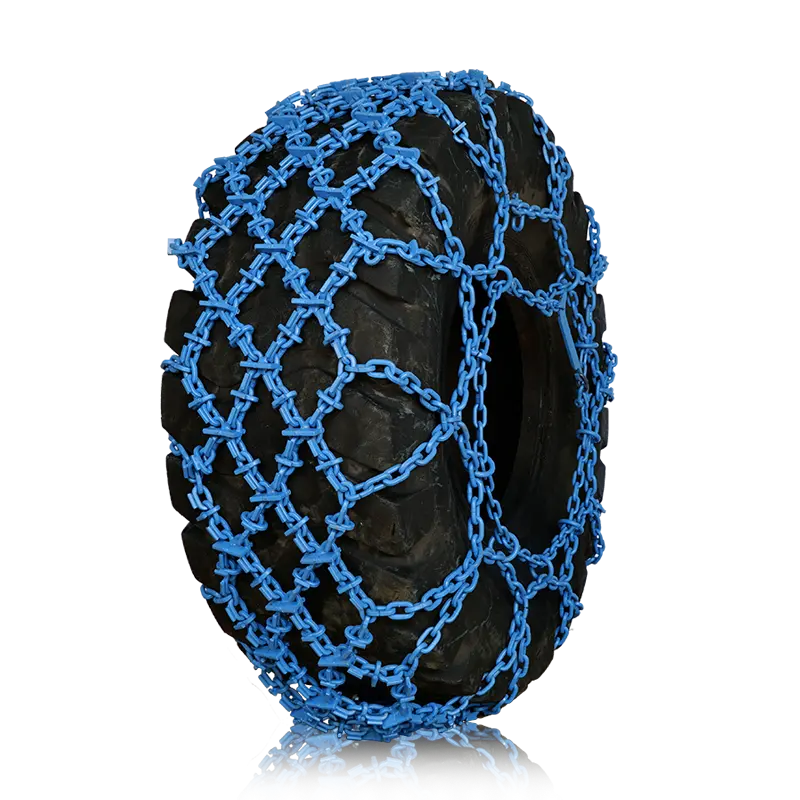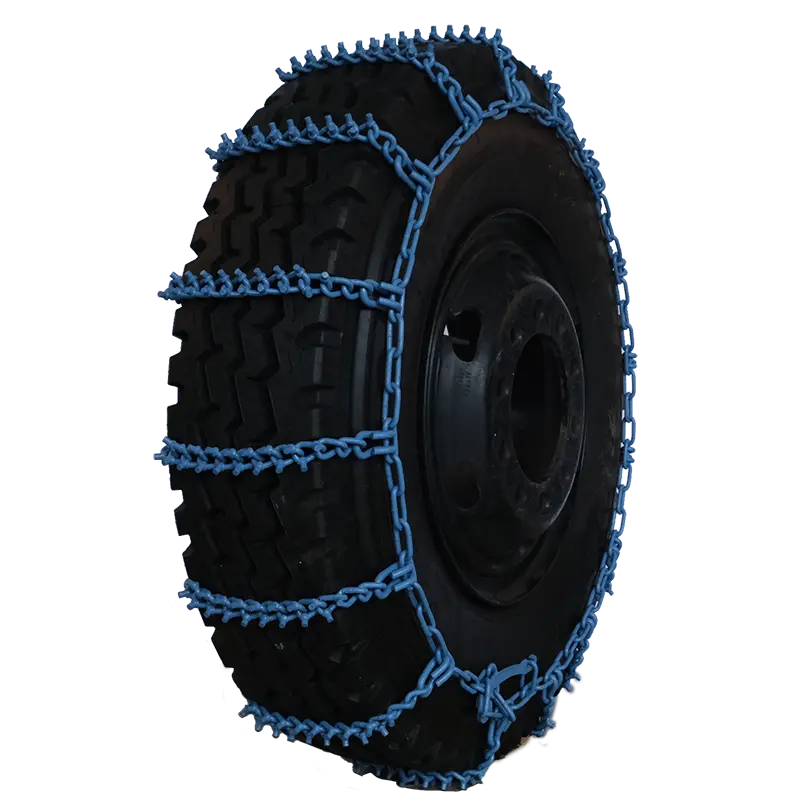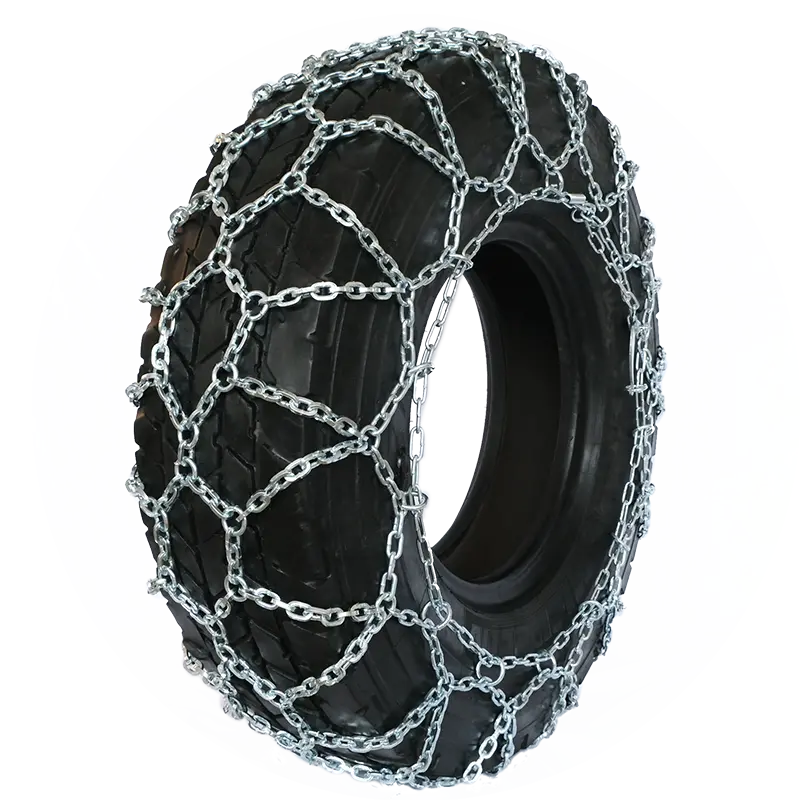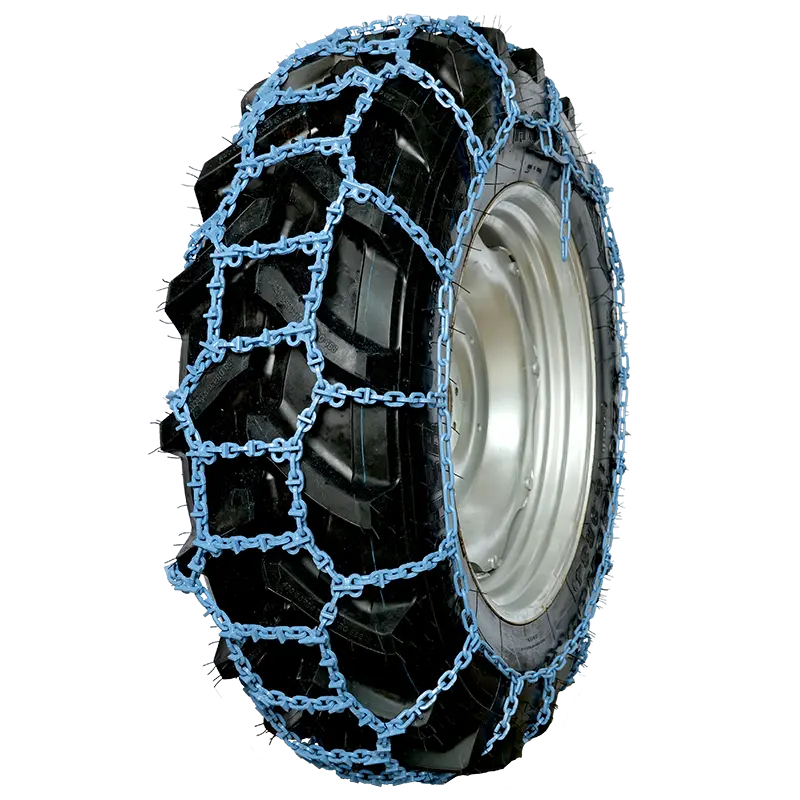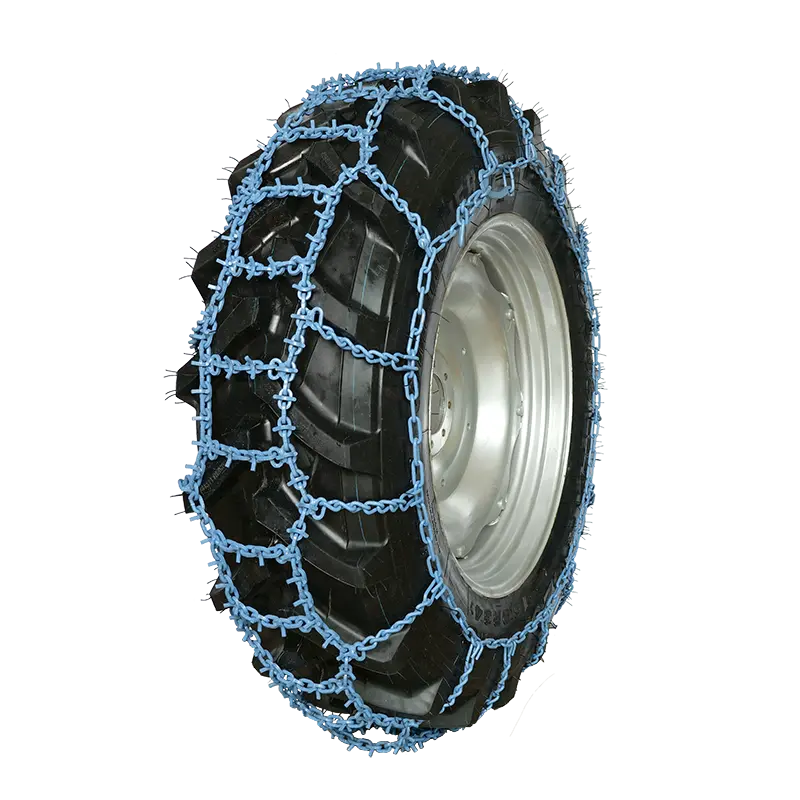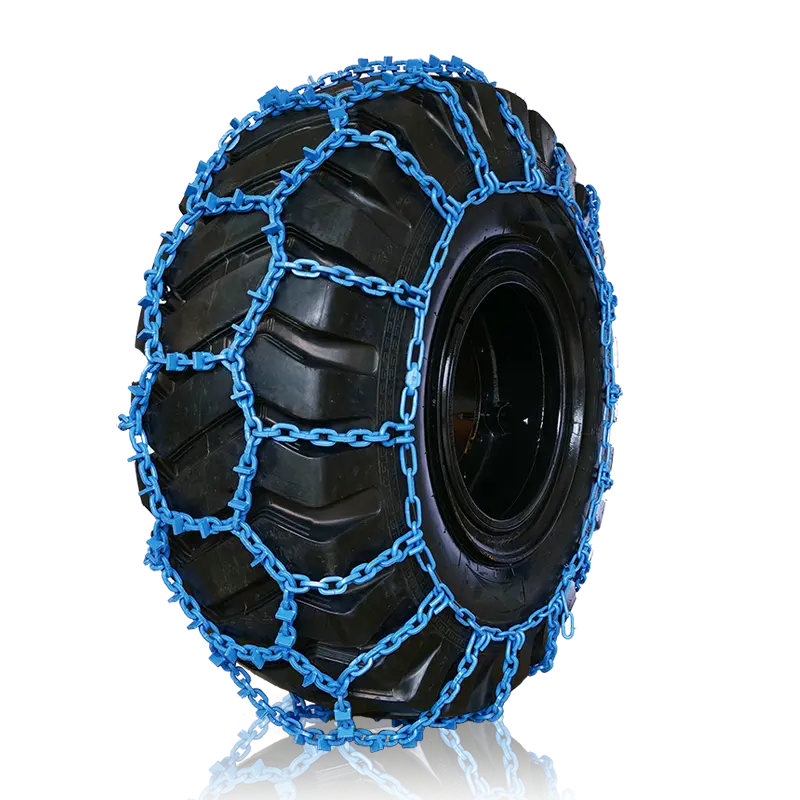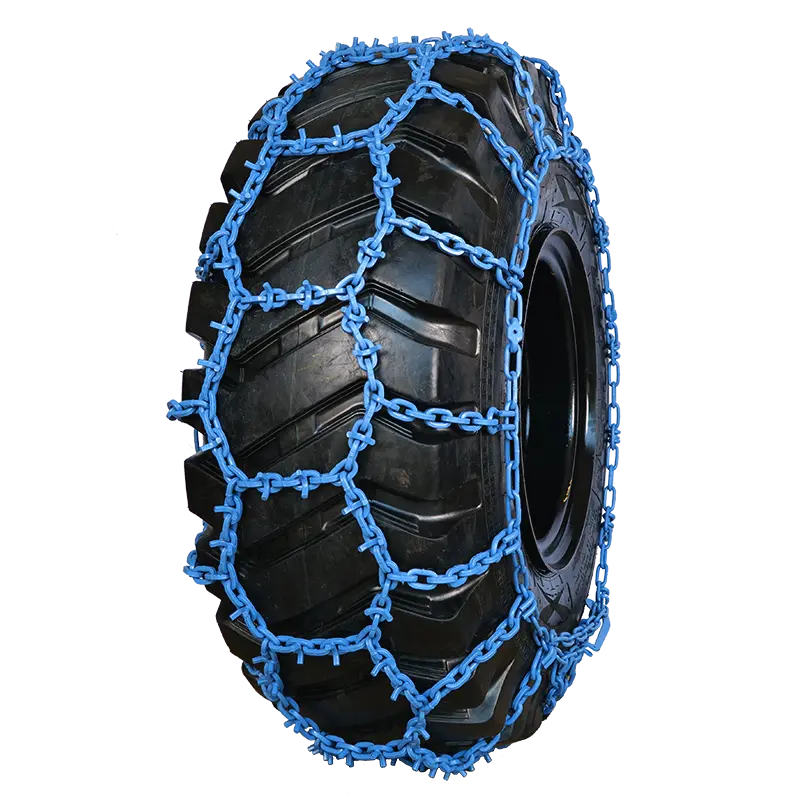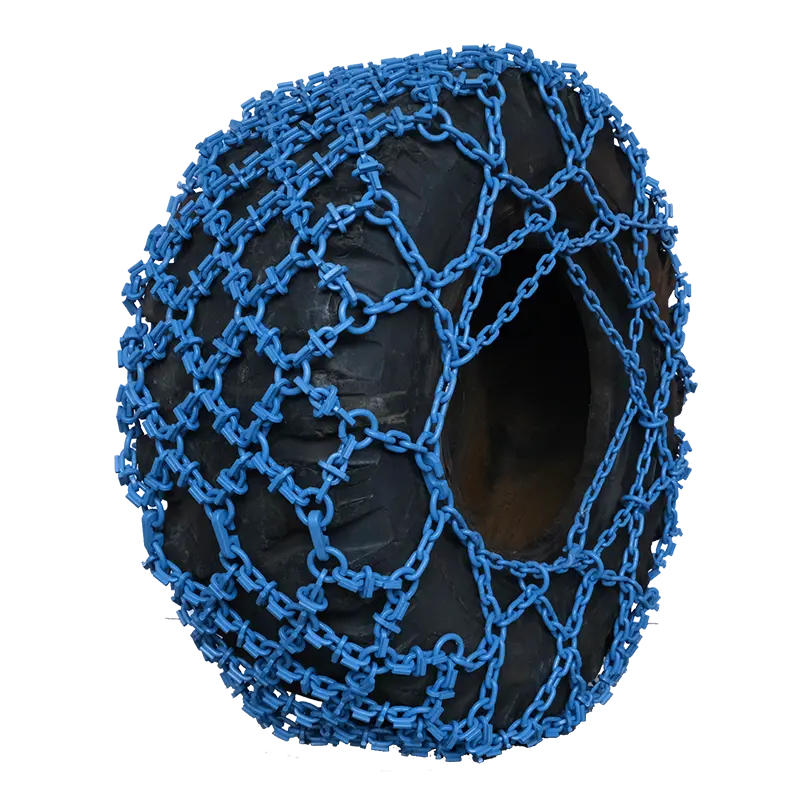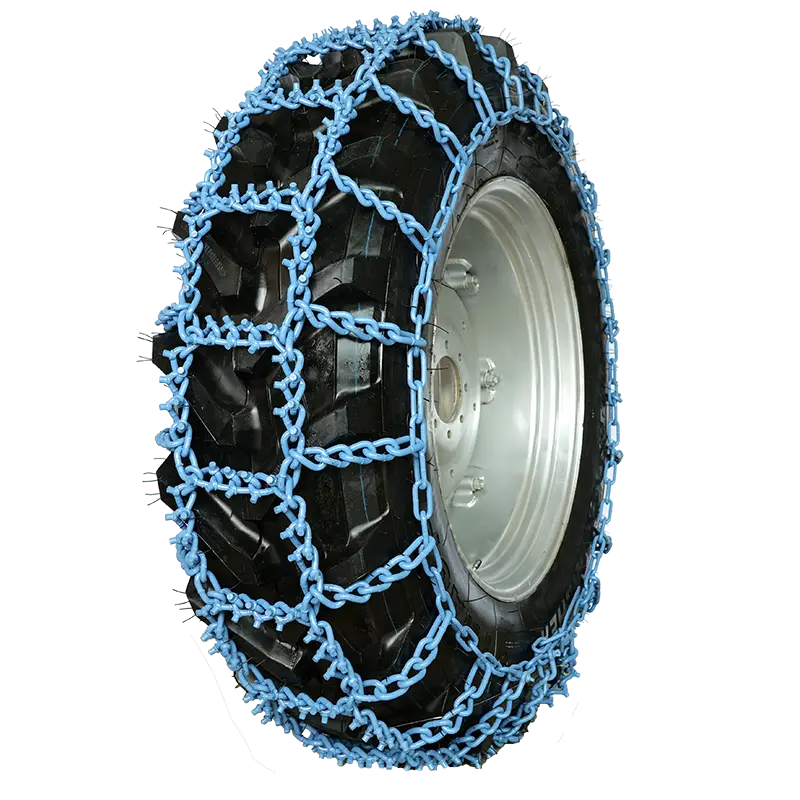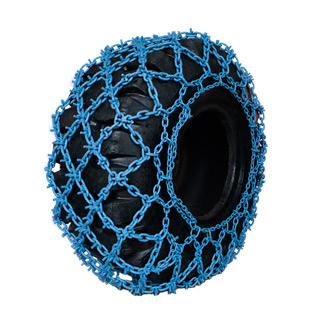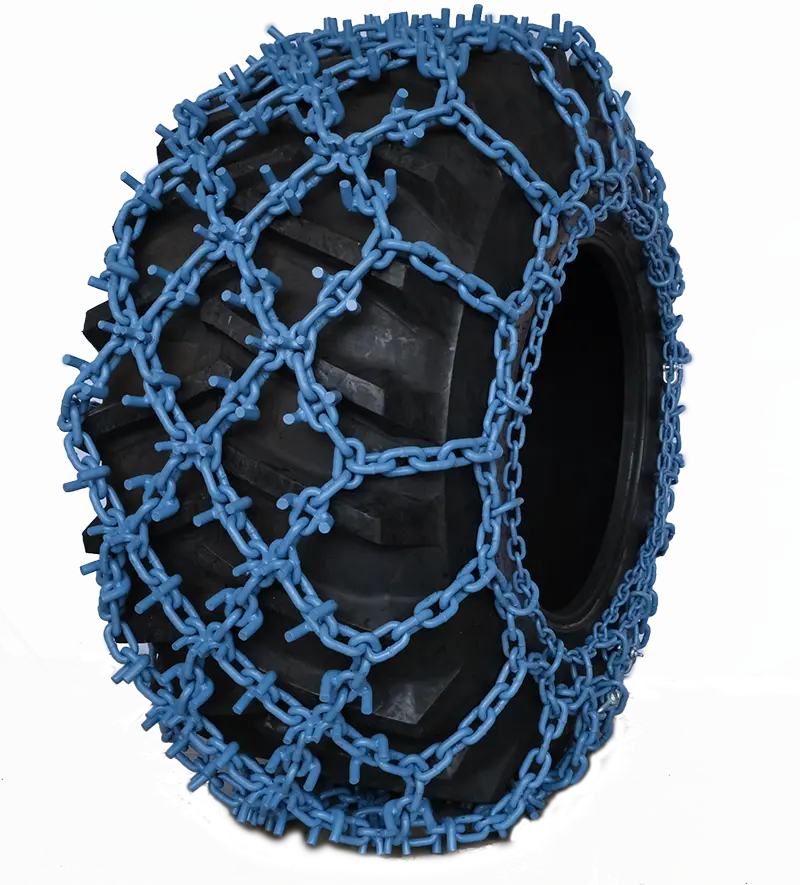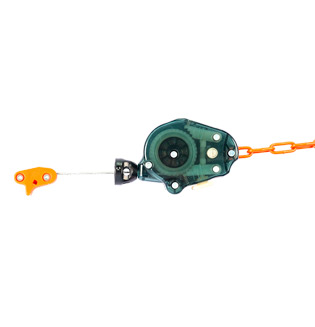On snowy days, snow chains are a cost-effective solution for slip prevention, allowing you to drive safely on icy roads. Even if your vehicle is equipped with winter tires, if you live in a mountainous area, you will still want to have snow chains in your car throughout the winter.
Below, we will provide you with all the information you need to know about installing and using snow chains to ensure your safety when driving in winter.
Types of snow chains
Diamond chains
Traditional type, made up of metal chains connected in a diamond structure. Provides better traction due to increased contact area with the ground. Suitable for areas with frequent snowfall.
Steel wire roller chain
Consists of smaller lightweight rollers and steel wires, forming a ladder-like structure. The presence of rollers makes the roller chain more comfortable to drive on icy roads, but the overall anti-slip effect is slightly inferior to traditional metal snow chains. More suitable for use in scenes with light and moderate snowfall.
Snow socks
Snow socks are not traditional snow chains, they cover the tires with thick fabric to increase traction. Compared to chains, fabric snow chains are quieter, more comfortable, and easier to store. However, due to being made of fabric, they have lower durability and effective usage time compared to traditional metal chains. Therefore, they are suitable for small vehicles and SUVs with intermittent snowfall.
Advantages of snow chains
Help you drive more safely and avoid accidents in icy and snowy conditions.
Improve traction, enhance control, and prevent slipping.
Suitable for all types of vehicles and winter road conditions.
High cost performance, sturdy and durable.
How to install and use snow chains?
Preparation
Check the tire model of the wheels, check if there is enough space between the tires and wheel arches, and purchase snow chains that are suitable for your vehicle.
Check whether your vehicle is front-wheel drive, rear-wheel drive, or all-wheel drive. (All-wheel drive vehicles need to install snow chains on all four tires, while other vehicles install them on the drive wheels.)
Installation
Park the vehicle in a secure location and loop the snow chains around the tire, lifting them from the top of the tire.
Connect all the fasteners of the snow chains.
Tighten the snow chains.
Check if the snow chains are adjusted to the optimal position and ensure that there is enough clearance for the tires to rotate.
Driving
Most manufacturers recommend a maximum speed of 40 kilometers per hour when using snow chains (after all, if road conditions require the use of snow chains, you would typically be driving at a slower pace).
Driving at excessive speeds may cause the snow chains to break, scratch the vehicle's exterior coating, or damage the tires.
Avoid hitting potholes to prevent damage to the vehicle and the snow chains.
Removal
Be sure to remove the snow chains before driving onto a snow-free road surface to avoid chain breakage and damage to the road.
Drive the vehicle slowly until the fasteners of the chains are positioned above the wheels before coming to a stop.
Unfasten each fastener and lay the snow chains flat on the ground.
Thoroughly clean the snow chains before storing them to remove dirt, snow, and mud.
By following these steps, you will quickly become a snow chain expert.
Avoid abrupt stops and sharp braking, as this may result in tire slippage and excessive pressure on the snow chains.

